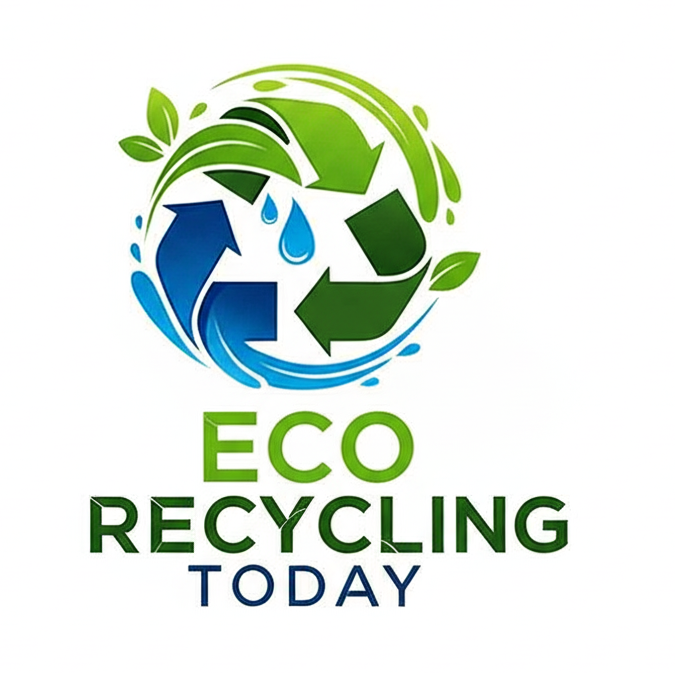As sustainability becomes a central focus across the global economy, the demand for recycled plastic is growing rapidly. From packaging and automotive to construction and fashion, industries are rethinking their materials and embracing circular solutions. But which sectors are driving this demand—and why?
We break down the global trends in recycled plastic demand by industry, highlighting where growth is happening, what types of plastics are most in demand, and how businesses are adapting.
1. Packaging: The Undisputed Leader
The packaging industry is the single largest consumer of recycled plastics worldwide, accounting for more than 40% of total demand.
Why?
- Pressure from regulations like the EU Packaging and Packaging Waste Directive
- Consumer demand for eco-friendly packaging
- Retailers and FMCG brands pledging to use recycled content in bottles, wrappers, and containers
Key Trends:
- High demand for rPET (recycled PET) in beverage bottles and food-grade packaging
- Use of recycled HDPE for detergent bottles and personal care items
- Adoption of mono-material packaging to improve recyclability
Brands leading the way: Coca-Cola, Nestlé, Unilever, PepsiCo
2. Construction & Infrastructure
The construction sector is increasingly turning to recycled plastics for durable, weather-resistant materials.
Applications:
- Plastic lumber and decking
- Drainage pipes and insulation
- Road construction using recycled plastic waste
Why?
- Long product lifecycles make recycled materials cost-effective
- Growing green building certifications like LEED and BREEAM
- Reduced environmental footprint vs. virgin materials
Materials used: Recycled HDPE, LDPE, and polypropylene
3. Automotive Industry
Automakers are embracing recycled plastics to reduce weight, lower emissions, and meet sustainability goals.
Use Cases:
- Interior panels, seat fabrics, trunk liners, underbody shields
- 3D-printed components using recycled polymers
- Lightweight composite materials blended with recycled content
Key Drivers:
- Global shift toward electric vehicles (EVs)
- Compliance with emissions regulations
- Consumer appeal of sustainable vehicles
Leading companies: BMW, Ford, Toyota, Renault
4. Fashion & Textiles
The fashion industry, once a major polluter, is now one of the fastest-growing sectors adopting recycled plastic fibers.
Highlights:
- rPET is spun into fabrics used in activewear, outerwear, and sneakers
- Brands using ocean-bound plastic in bags and accessories
- Certifications like Global Recycled Standard (GRS) gaining traction
Sustainability Push:
- Eco-conscious consumers
- Retailers shifting to circular fashion models
- Pressure to reduce microplastic shedding
Popular brands using rPET: Adidas, H&M, Patagonia, Nike
5. Electronics & Appliances
Electronics manufacturers are incorporating recycled plastics into device casings and internal components.
Examples:
- Recycled ABS used in laptops, keyboards, and TVs
- Plastic housing for refrigerators, washing machines, and small appliances
- Use of certified recycled content to meet ESG targets
Industry challenges:
- Technical performance standards
- Fire-retardant and insulation properties
- Supply consistency for post-consumer resins (PCR)
6. Agriculture
Even the agricultural sector is leveraging recycled plastics for efficiency and environmental benefits.
Uses:
- Recycled plastic mulch films
- Drip irrigation systems
- Recycled containers and bins
With increasing demand for sustainable farming, this niche sector is steadily growing its share in recycled plastic usage.
Global Market Outlook
According to recent industry forecasts:
- Global recycled plastic market size is expected to surpass $80 billion by 2030
- Asia-Pacific leads in volume, while Europe leads in innovation and regulation
- rPET and rHDPE remain the most in-demand resins across industries
The global shift toward a circular economy is reshaping how industries source, use, and dispose of plastic. As regulatory pressure and consumer awareness rise, businesses are racing to integrate recycled plastic into their supply chains—not just as a sustainability gesture, but as a strategic necessity.
